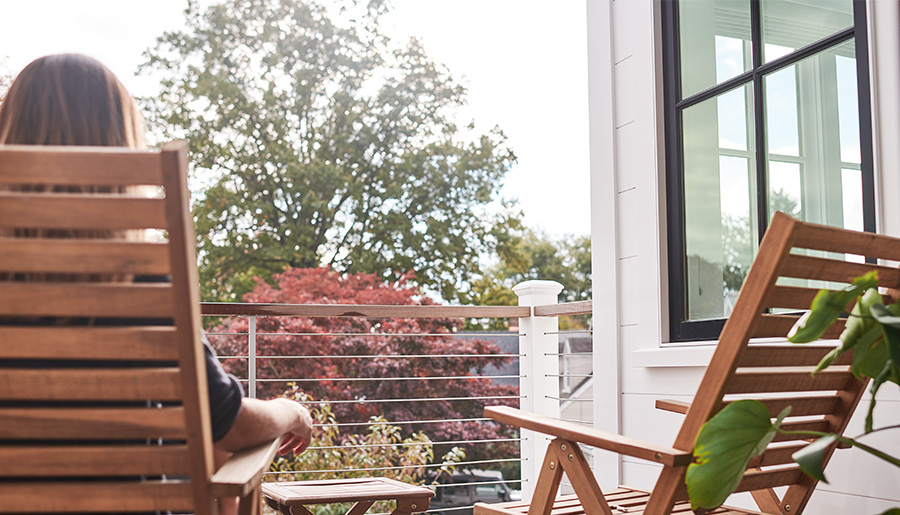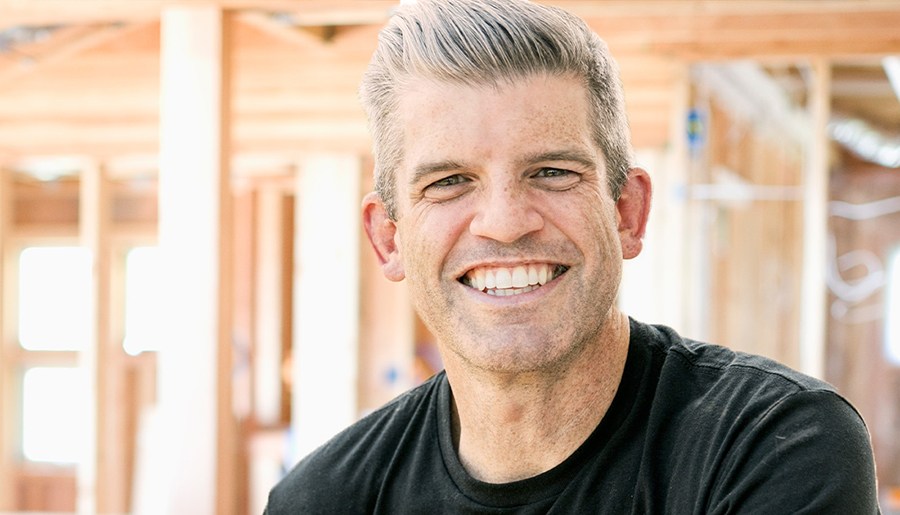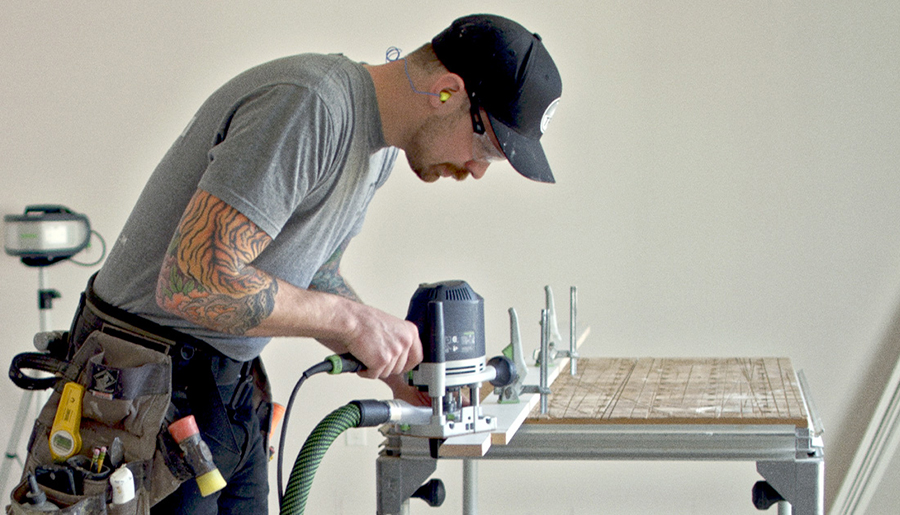Building to healthy home standards is a winning strategy for companies nationwide.
Energy efficiency is just one part of the package when marketing new homes. Customers are now interested in living more healthy lives, and smart home builders are building “healthy homes” to meet consumer demand.
While a tight building envelope can help with energy efficiency, mechanical ventilation and air filtration will make the indoor air fresh and healthy to breathe. Features that provide natural light and views of the outdoors add to the aesthetic appeal of the home while also increasing the well-being of residents.
Health-conscious home buyers
While health trends come and go, consumer concerns about the health hazards of their home environments has been consistently on the rise. A 2019 Harvard University study found that Google searches for “nontoxic” were higher than those for “energy efficient.” Consumers are spending to make sure that their home environment provides a healthy baseline for wellness.
Phoenix-area Fulton Homes builds to the EPA’s Indoor airPLUS standards and uses low-VOC adhesives and carpet and carpet padding as well as electronic air cleaners and radon detectors. Workers also seal duct openings during construction to keep out drywall dust.
Fulton Vice President of Operations Dennis Webb says that because the company was already meeting ENERGY STAR® standards, Indoor airPLUS only added a few hundred dollars to construction costs.
But consumers are more than willing to pay a little more for healthy homes.
“We simply ask people if they would rather live in a home with healthy air or stale air,” he says. “About 12 percent of children in Arizona have asthma. If your child has asthma, health becomes way more important than granite countertops.”
Air quality and energy efficiency
The building envelope can support clean indoor air if you choose materials and methods to ensure good air sealing. Window and door choice can be a big part of this, as well as in improving energy efficiency. “It’s critical to choose models with good seals,” says Dan Jacobs, director of Product Line Management at JELD-WEN. He recommends awning or casement windows as well as outswinging doors. “They’re about 20 percent of our residential door sales nationwide—and growing,” says Jacobs. For builders who continue to use standard inswing doors, he advocates investing in upgraded weather seals.
Light done right
Architectural details like window choice and positioning can enhance the health of a home, with abundant natural light and relaxing views of the great outdoors. Both boost mood and affect the overall health of occupants.
For builders, specifying the right glass choice to fit the design and positioning of the home can help it maintain energy efficiency while providing the best possible light. “You need to weigh light transmittance [of the glass] against solar heat gain,” says Jason Kantola, JELD-WEN’s coordinating certification manager. The best way to do that is to use different glass types on different facades.
South-facing walls with dark Low-E coating can mitigate solar heat gain, while lighter coatings are appropriate for north-side windows. Choosing the right coatings for each orientation will help minimize hot and cold spots. Sophisticated engineering software makes it easy for builders and architects to choose the best windows while also meeting building code requirements.
Taking the extra steps to build new homes with healthy air quality and mood-boosting natural light will pay off for forward-looking builders. Consumers old and young will pay a premium for features that will increase the health benefits of their new home environment.



